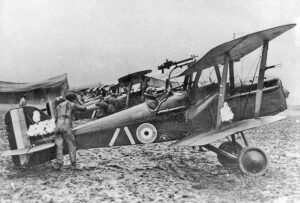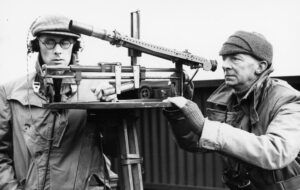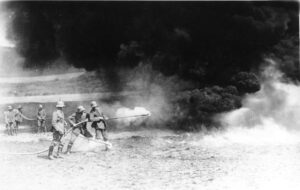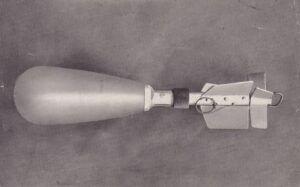What Is the Flamethrower and Who Designed and Produced It?
The flamethrower for aircraft was a specialized weapon system designed to project ignited fuel over enemy positions from an aircraft. While not widely adopted or employed, it was developed to provide a devastating means of attacking enemy trenches, bunkers, and fortified positions from the air. The exact origins and manufacturers of aircraft flamethrowers vary, with different experimental designs emerging during World War I and subsequent conflicts.
Armament Specifications
Specifications for aircraft flamethrowers can vary widely depending on the specific design and configuration. However, typical specifications may include:
- Fuel Capacity: The amount of fuel carried onboard the aircraft for use with the flamethrower.
- Range: The effective range of the flamethrower, measured in meters or feet.
- Rate of Fire: The rate at which fuel could be ejected and ignited from the flamethrower.
- Weight: The additional weight added to the aircraft by the flamethrower system, including fuel tanks and delivery mechanisms.
- Stability and Aiming Mechanisms: Features designed to stabilize the aircraft and aim the flamethrower accurately at ground targets.
Aircraft That Used This Armament
While aircraft flamethrowers were not widely adopted or deployed, some experimental aircraft were equipped with these weapons during World War I and subsequent conflicts. One notable example is:
- Royal Aircraft Factory S.E.5: The Royal Aircraft Factory S.E.5, a British fighter aircraft, was experimentally fitted with a flamethrower for ground attack missions. These modified aircraft were intended to provide close air support to ground troops by spraying ignited fuel over enemy trenches and positions. However, the practicality and effectiveness of these weapons proved limited, and they were not widely used in combat.
A Short History of the Flamethrower
The concept of using flamethrowers on aircraft emerged during World War I as a response to the challenges of trench warfare. Experimental designs were developed by various military engineers and aviation specialists to adapt existing flamethrower technology for aerial use.
These early prototypes were often rudimentary and faced technical challenges in terms of weight, stability, and aiming accuracy. Despite these limitations, aircraft flamethrowers were occasionally tested and employed in combat to varying degrees of success.







